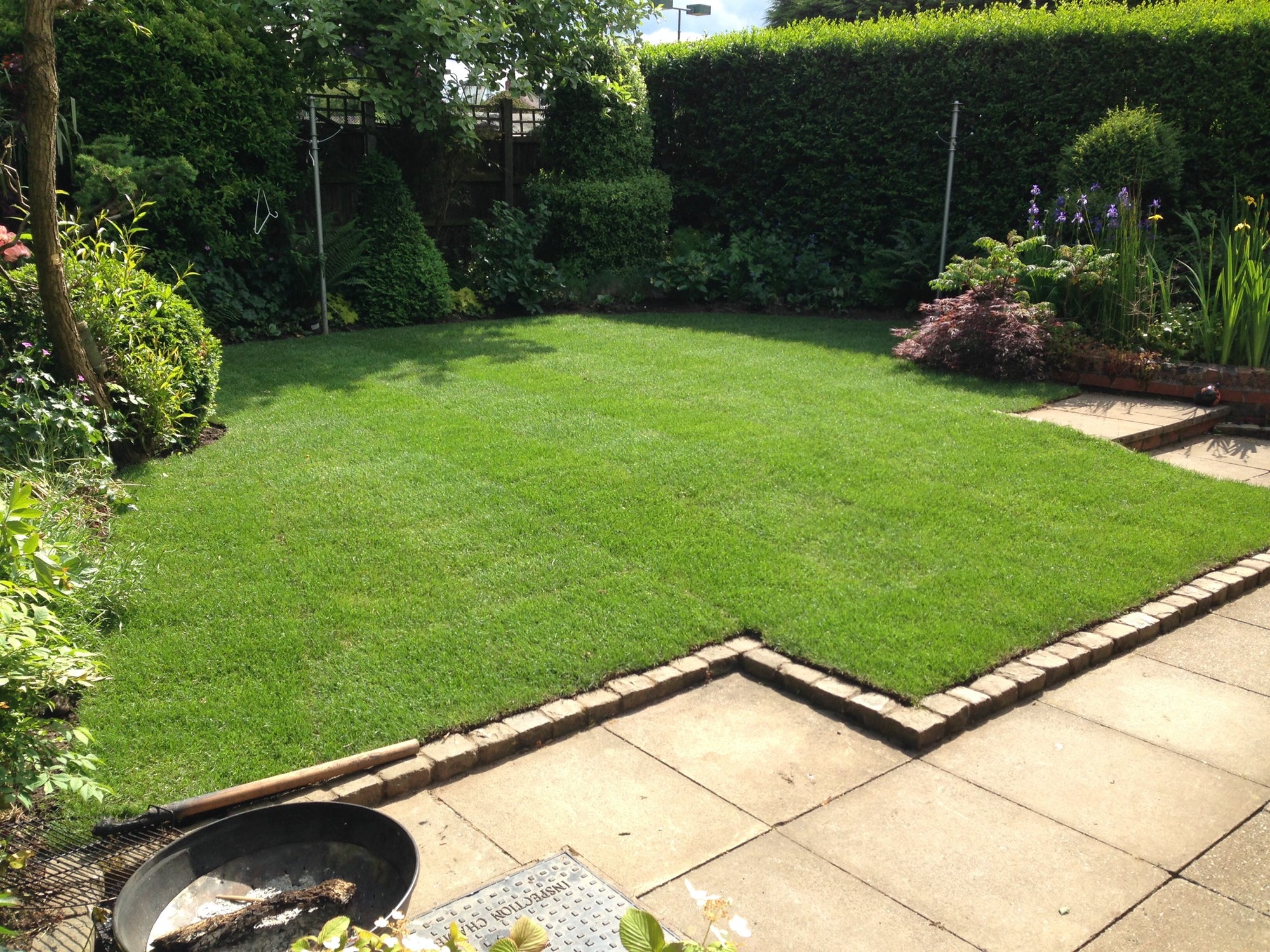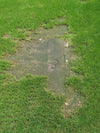
Liquid Lawn Feed: The Secret to a Lush, Green Lawn
- The Benefits of Liquid Lawn Feed
- Application Methods
- Types of Sprayers
- Lawn Care in Different Seasons
- Other Factors Affecting Lawn Health
- FAQs
The Benefits of Liquid Lawn Feed
Using liquid lawn feed over traditional granular fertilisers offers a host of advantages;
- Fast Absorption: Liquid lawn feed gets absorbed by grass through the foliage, resulting in quicker and more efficient nutrient uptake.
- Customisable: Liquid formulations can be easily tailored to your lawn's specific needs. So & Mo's personalized approach ensures that their liquid lawn formulas cater to your unique lawn requirements.
- Easy Application: It can be simply sprayed using various types of garden sprayers, making for a more convenient application process.
- Regular Maintenance: A subscription service like So & Mo brings liquid lawn feed to your doorstep regularly, ensuring constant nourishment for optimum grass health.
Application Methods
Measuring and Mixing
Before applying liquid lawn feed, it's essential to measure and mix the formula accurately. Begin by checking the package's label for proper product measurement. Then, mix the concentrate with the recommended amount of water using a designated container.
Spraying Techniques
When it comes to spraying your lawn, practice consistency to ensure even coverage. Utilise a consistent walking speed while spraying the lawn, and try to overlap each pass slightly for better coverage. Additionally, prioritise spraying your lawn during cooler times, such as early mornings or late afternoons, to avoid unnecessary evaporation. If possible, mow your lawn a day or two before applying the feed for maximum effectiveness.
Types of Sprayers
There are multiple sprayer options available to suit your specific needs;
- Manual Pump Sprayers: These portable, handheld units are ideal for smaller lawns. They require manual pumping to release the solution via a spray wand.
- Backpack Sprayers: Having a larger capacity, these are more suitable for mid-sized to large lawns. Worn like a backpack and operated using a hand-controlled lever, they offer a comfortable and efficient spraying experience.
Lawn Care in Different Seasons
Spring
Spring is an ideal time to start applying lawn feed as the grass begins to grow. Apply the liquid lawn feed every four weeks to ensure steady growth and optimal nutrient absorption. Consider using a product with a high nitrogen content to promote lush green grass.
Summer
The warmer months can stress your lawn, so it's essential to adjust your feeding schedule accordingly. Continue to apply liquid lawn feed every four weeks, focusing on formulations with balanced nutrients. Additionally, it's crucial to maintain proper watering, mowing, and weed control practices during this season.
Autumn
Autumn applications should focus on strengthening the grass's root system in preparation for the dormant winter months. Opt for lawn feed with higher potassium content, and continue to treat every four weeks until early to mid-November.
Winter
While your lawn is dormant during the winter, focus on keeping it clear of debris like leaves and branches. Avoid walking on frozen grass, as this can damage it. Once the ground has thawed, begin your spring maintenance and feeding schedule.
Other Factors Affecting Lawn Health
Liquid lawn feed application is essential, but other factors also play a crucial role in maintaining a healthy lawn.
- Watering: Proper watering techniques are key to a thriving lawn. Focus on watering your lawn deeply and infrequently to encourage deep root growth, and aim for early morning or evening irrigation.
- Mowing: Regular mowing and trimming will keep your lawn looking tidy, healthy, and appealing. Avoid cutting more than a third of the grass height at a time, and ensure your mower's blades are sharp for clean cuts.
- Weed Control: Regular weeding and the use of natural, non-toxic weed control products will prevent invasive weeds from stealing your lawn's nutrients and space.
- Aeration: Aeration promotes better water, air, and nutrient penetration into the soil, resulting in a healthier lawn. It's typically recommended to aerate your lawn at least once a year, ideally during the fall.
FAQs
Is liquid lawn feed safe for pets and children?
Most liquid lawn feed products are safe for pets and children once the formula has dried. To ensure safety, always check the product label and choose a non-toxic solution.
How long does it take for liquid lawn feed to work?
Liquid lawn feed works quickly due to fast absorption, with positive results often visible within 1-2 weeks after application. However, the actual response time will depend on the specific product and your lawn's nutrient requirements.
How often should I apply liquid lawn feed to my lawn?
It's generally recommended to apply liquid lawn feed every four weeks throughout the growing season. This frequency ensures that your lawn receives the nutrients needed for optimal growth and health.
Does weather affect the application of liquid lawn feed?
Yes, weather conditions can impact the efficiency of liquid lawn feed applications. It's best to spray during cooler times of the day, such as early mornings or late afternoons, to avoid unnecessary evaporation. Additionally, try to apply lawn feed when rain is not forecasted for at least 24 hours to ensure proper absorption.
In conclusion, using liquid lawn feed is an excellent way to maintain and nourish your lawn, resulting in a lush and vibrant outdoor space. With the right products, application methods, and seasonal care, you'll have a healthy and beautiful lawn that's the envy of your neighborhood. And with personalized lawn feed subscriptions like those offered by So & Mo, achieving the perfect lawn has never been more accessible. Happy gardening!Ready to be proud of your garden?
Ensure your lawn never goes hungry with our personalised feeding plan. Delivered through you letterbox exactly when you need it.





